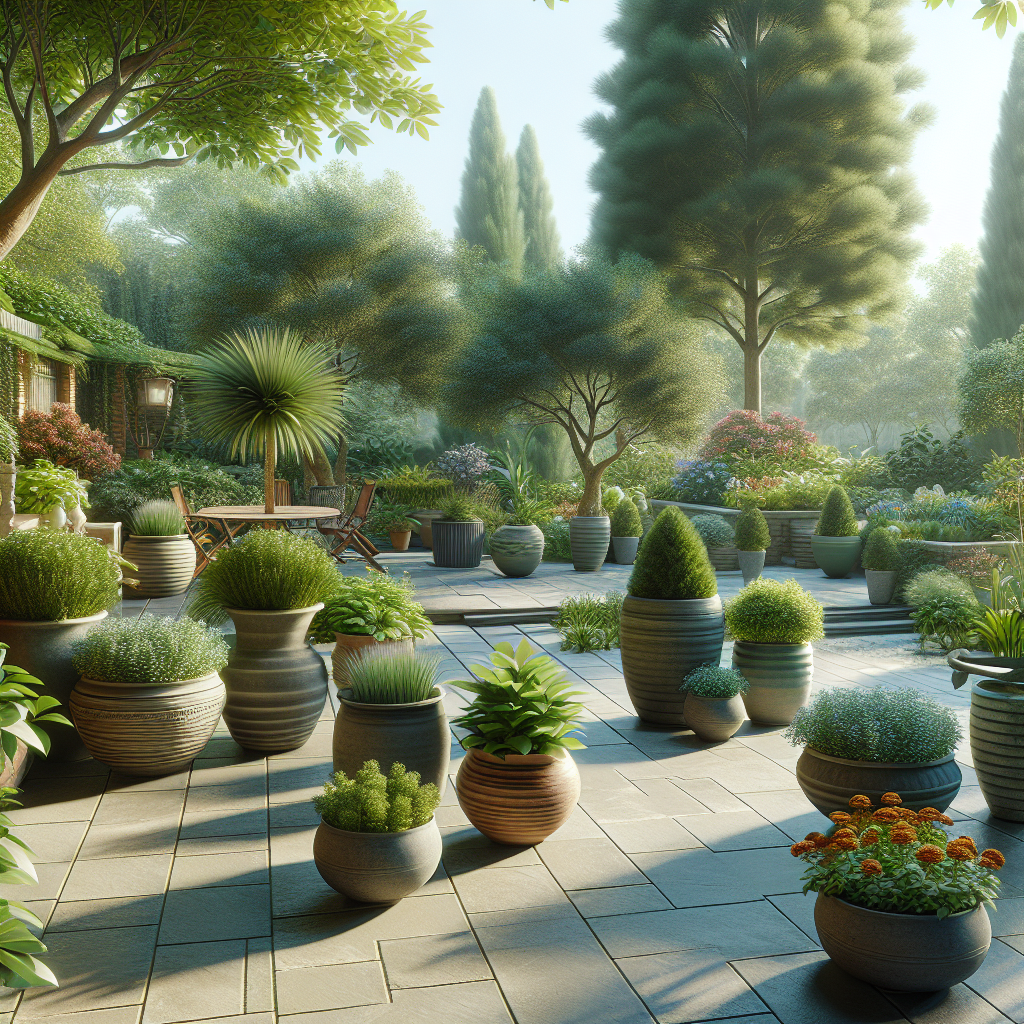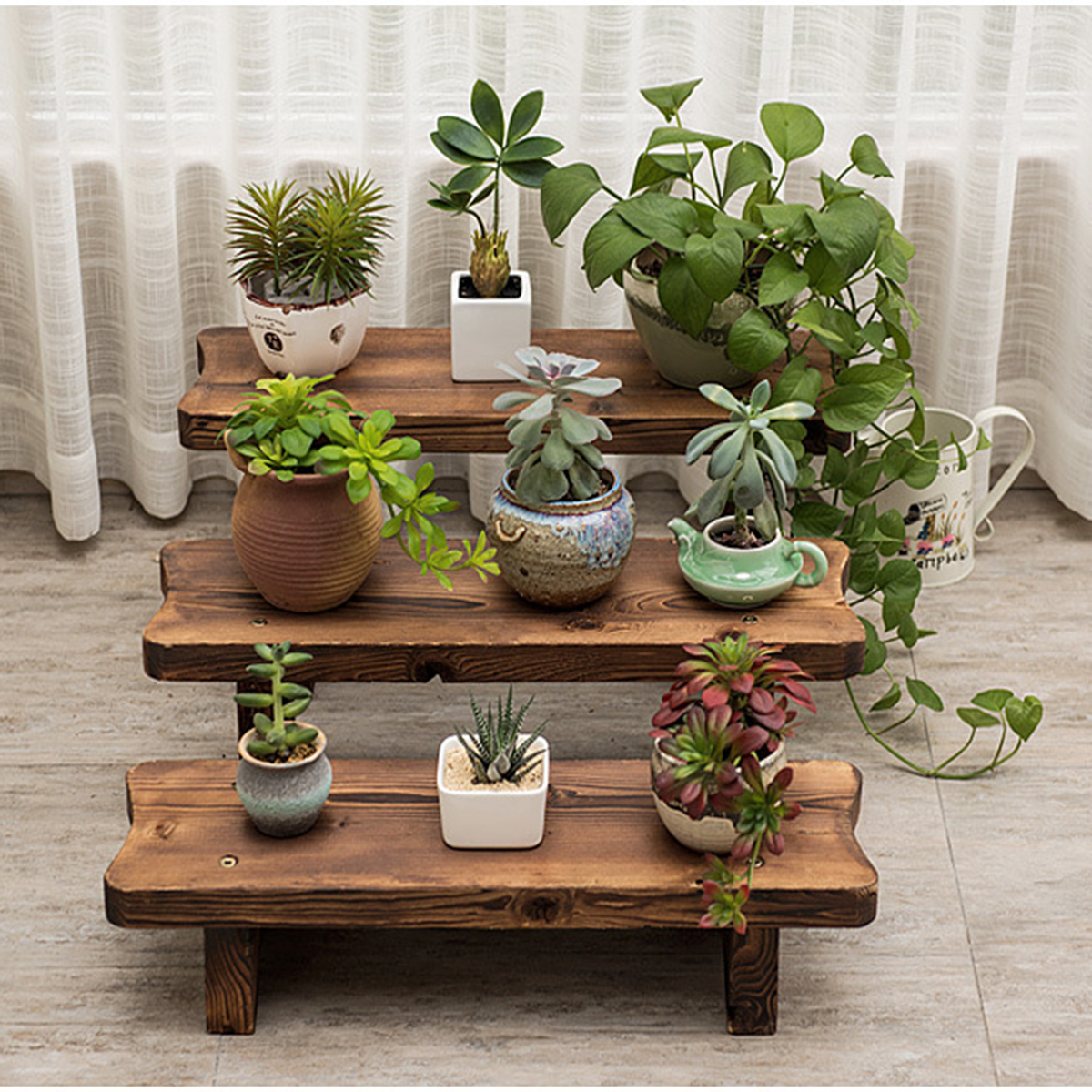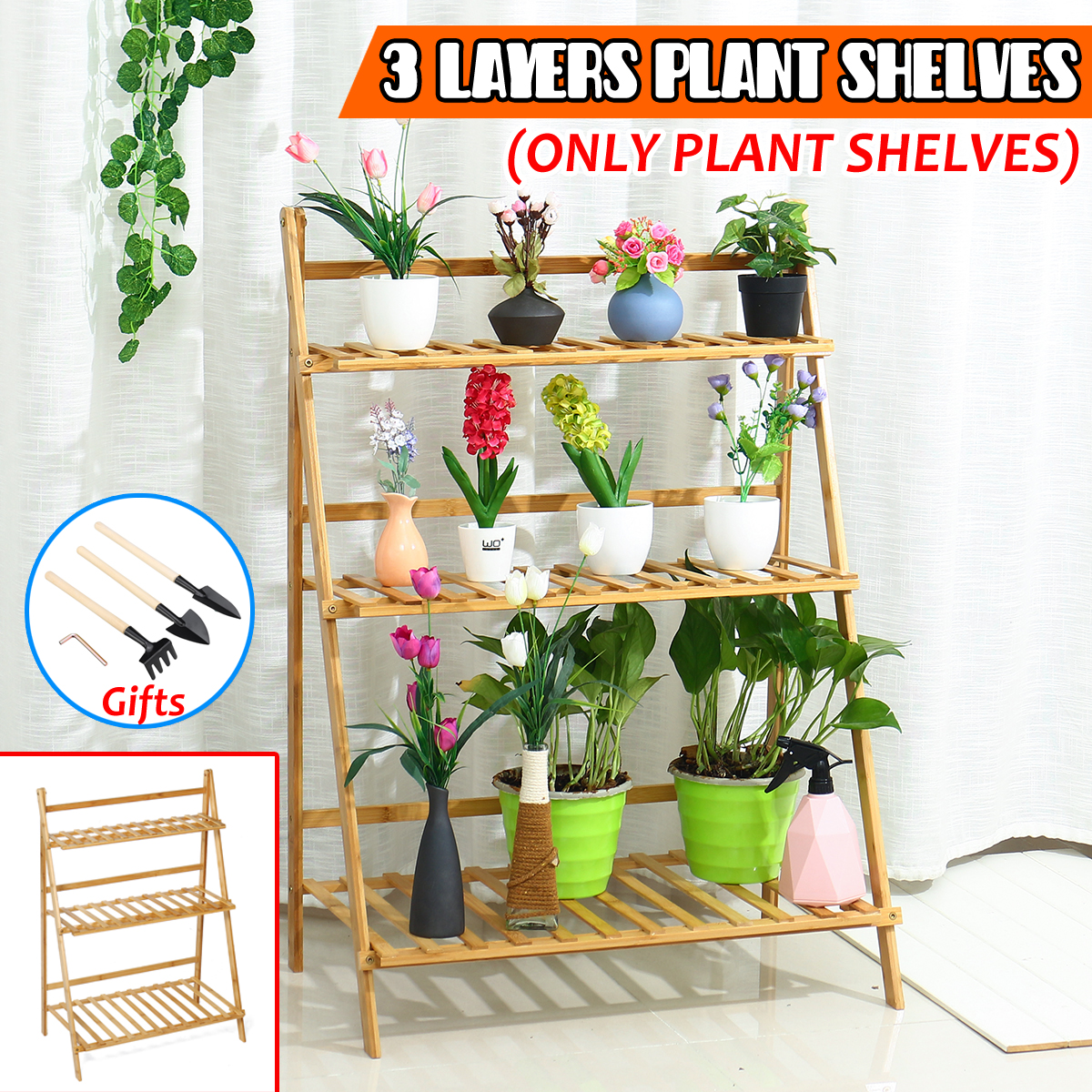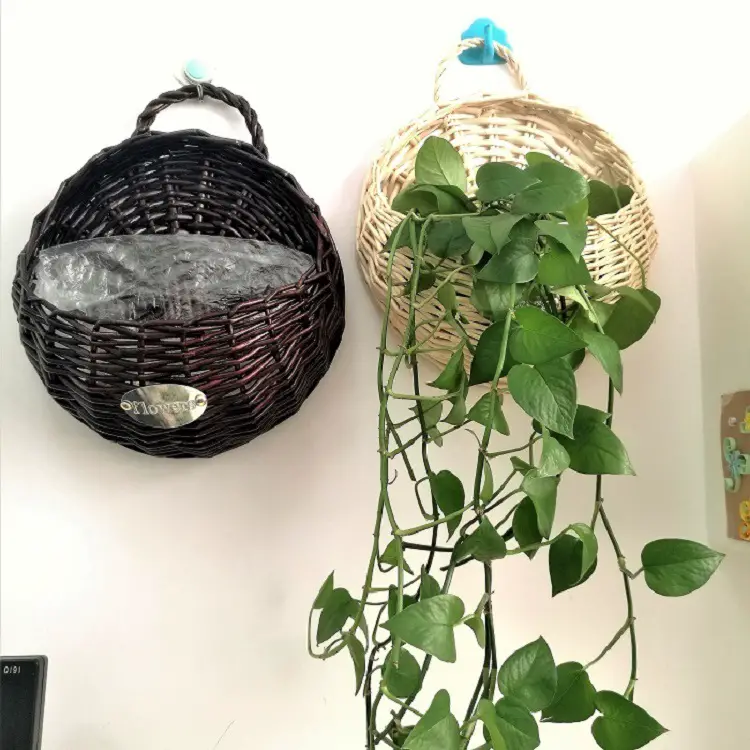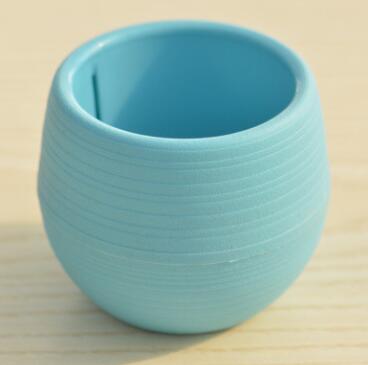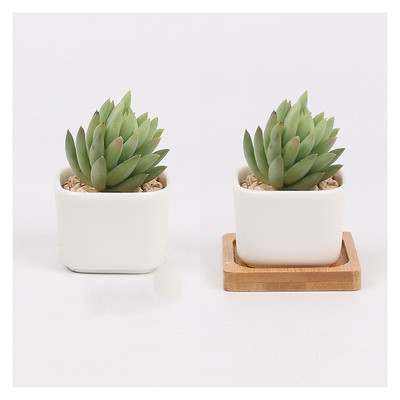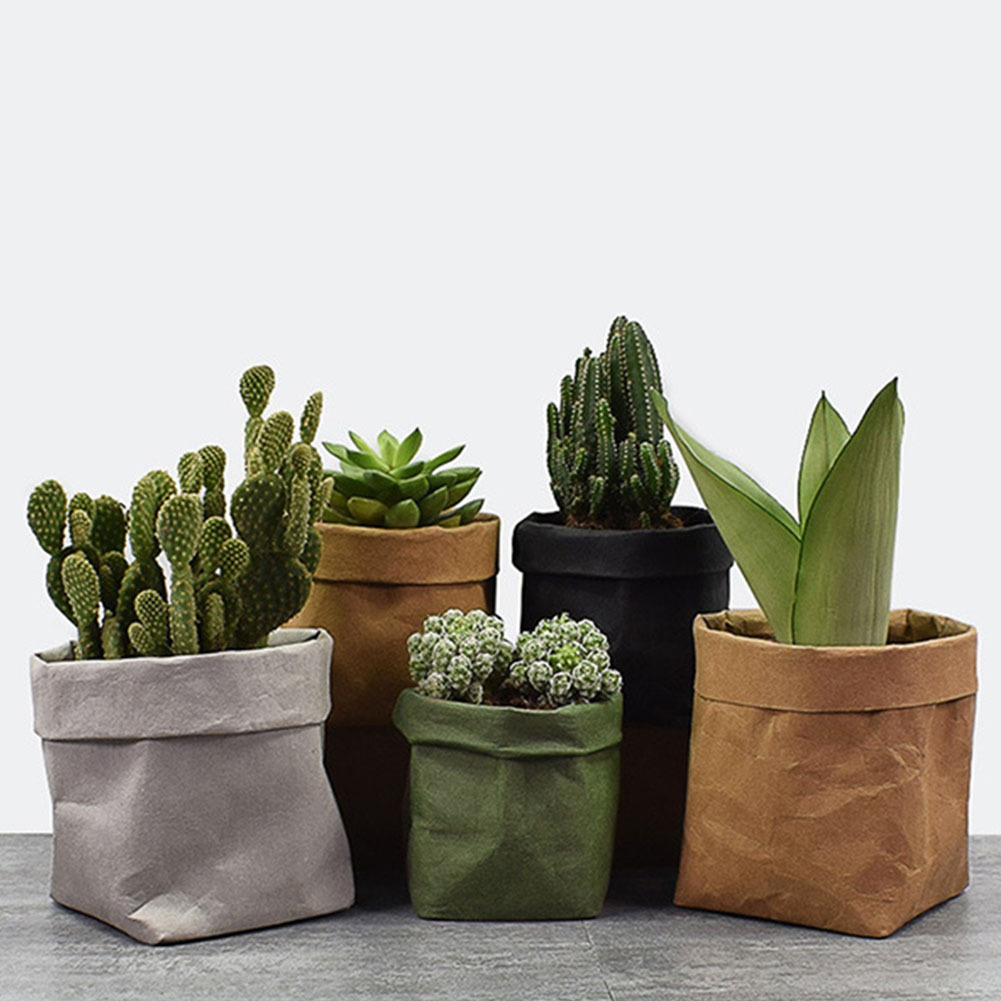Enhancing Outdoor Ambiance Through Strategic Pot Placement
The charm of any outdoor space, whether a sprawling backyard or a compact balcony, often lies in its ambiance—its ability to evoke a sense of tranquility, warmth, and beauty. Today, more than ever, homeowners and garden enthusiasts are turning to strategic pot placement to enhance outdoor environments, enabling versatility and creativity in their green sanctuaries. The art and science of placing pots around your outdoor area can significantly influence its aesthetic and functional appeal, transforming even the simplest of spaces into lush getaways.
Discovering the Ease and Versatility of Container Gardening
Container gardening offers a brilliant avenue for introducing color, texture, and varied plant life to outdoor areas without the need for extensive landscaping projects. One of the great joys of container gardening is its flexibility. Pots can be easily moved and rearranged to suit changing tastes, seasons, or practical requirements such as gaining more sunlight or shade.
Versatility is the hallmark of container gardening. Unlike in-ground planting, containers allow the enthusiast to experiment with different plant species, including those that may not be native to the local climate. This capability can extend the growing season, as pots can be brought indoors or to sheltered locations when the weather turns unsuitable.
Moreover, container gardening reduces the burden on resources, especially water, since potted plants typically require a more controlled watering regime. Pots can also house a wide range of plants—from colorful annuals and perennials to small trees and shrubs—adding vertical interest and focal points within the garden layout.
Assessing Your Space and Light Conditions
Before placing pots, it is essential to assess the available space and light conditions. Identifying areas where pots can enhance the visual appeal or practical use of a garden involves understanding the micro-climates within your outdoor area. Observing the patterns of sunlight, shade, and wind will guide pot placement, ensuring each plant thrives.
Considerations for strategic placement include using pots to delineate spaces—creating pathways, defining relaxation nooks, or marking boundaries. On a deck or patio, pots filled with fragrant herbs can serve as sensory delights, while trailing plants like ivy or petunias can soften hard edges and create a seamless integration with nature.
Creating a Tropical Oasis with Ferns in Containers
For those seeking to evoke a lush, tropical feeling, ferns can be a lush and textural choice. Ferns are especially rewarding in container gardening. Their diverse forms and structures lend themselves well to creating a verdant oasis in stark urban settings or conventional suburban lawns.
Placing ferns in containers allows for innovative layerings, such as pairing hanging plants with ground-level arrangements to create a tiered effect. Ferns thrive in shaded, humid environments, making them ideal for placement under trees or in areas shielded from harsh sunlight. When placed in decorative pots, these verdant beauties can transform any garden corner into a green haven.
Strategic pot placement also plays into the theme of complementing architecture. High-rise balconies or modern minimalist homes can benefit from the organic structure of fern leaves juxtaposed against sleek lines, adding both interest and softness to architectural tones.
Designing for Height and Depth
When arranging pots, consider both height and depth to create visually engaging compositions. Taller plants, like ornamental grasses or small trees, can serve as focal points or be utilized to create privacy screens on balconies or patios. Meanwhile, shorter plants and trailing varieties can be placed at the base to create lush undergrowth or soften the edges of structures.
To enhance the visual impact, utilize pots of varying heights and designs. Multiple levels nurture a dynamic environment that suggests depth and space, ensuring that every view within your garden is interesting and layered. Play with colors and glazes of pots to complement or contrast the plant material, drawing the eye to specific areas and enhancing the overall ambiance.
Navigating Themes and Color Schemes
A harmonious outdoor setting often revolves around a consistent theme or color palette. Identifying a theme, whether it is a coastal, tropical, or Mediterranean vibe, will influence plant choices and pot designs. For example, for a desert feel, consider terracotta pots with succulents and cacti; for a classic English garden, use stone or faux-lead containers with roses and lavender.
Strategic pot placement within themed spaces ensures that every zone tells its own story while contributing to the overall ambiance. Using color as a unifying or contrasting element can either create a serene monochrome effect or a vibrant visual tapestry that captivates attention.
Implementing Seasonal Changes
One of the main advantages of potted plants is the ease with which they can adapt to seasonal changes. Pots facilitate the swapping out of plants and flowers with minimal effort, allowing the garden to evolve with the seasons. In spring, vibrant blooms can be brought in for color and life; in fall, richly hued foliage adds warmth and depth as temperatures cool.
In climates with stark winters, pots can be sheltered or replaced with hardy evergreens or beautiful bare branches for form and interest. The versatility and mobility of pots support these shifts, reinvigorating outdoor spaces with seasonal flair.
Sustainability in Pot Choice and Plant Selection
When selecting pots, consider sustainable and eco-friendly materials. Biodegradable options and those made from recycled materials minimize environmental impact while still offering aesthetic appeal. Additionally, selecting drought-resistant and native plant species, when possible, promotes a sustainable gardening practice, reducing the need for excessive watering and feeding.
Sustainability extends to the media used within the pots. Using peat-free compost and creating homemade mulch enriches the soil environment without depleting non-renewable resources. Consistently rethinking plant selection and materials keeps sustainability at the forefront of garden design.
Conclusion: The Transformative Power of Pots
Strategic pot placement has the unique power to transform outdoor spaces, marrying artistry with horticulture to craft environments that reflect personal tastes and enhance well-being. Whether it is through the simplicity of container gardening or the lush creation of a tropical oasis with ferns, the role of pots in crafting ambiance is undeniable. With careful planning, thoughtful selection, and arranging of pots, any outdoor space can become a personal paradise, rich with life and enduring beauty.
In your journey of creating an enriched outdoor setting, remember that each pot can act as a brushstroke on the canvas of your garden. As you experiment and adapt, your outdoor space will not only evolve but thrive, mirroring your unique style and the seasonal rhythms of nature itself.


